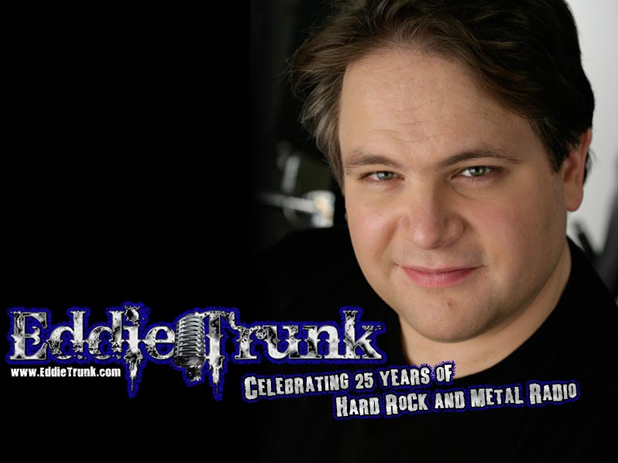Born in
Lithuania, but exiled to America in 1949 after spending some time in a
displaced persons camp, the life of Jonas Mekas is all about films. He is
considered the godfather of avant-garde and experimental filmmaking and he was
one of the founders of Film Culture
magazine, the American response to Cahiers
Du Cinema. In the 60s and 70s, he was one of the top names of the art world
as he worked and filmed with artists such
Andy Warhol, Salvador Dalí Allen Ginsberg and John Lennon.
Jonas Mekas
remembers that he decided to film his own movies after watching The Search (Fred Zinnemann, 1948), a
film about displaced persons made after the war. “I saw it with my brother and
we got very angry how little understanding of the real situation there was in
this film, about what it means to be displaced”. After that, Mekas bought a
camera and has been filming ever since.
Some of his
most representative films were showed in Tampere, where he was the guest of
honour. In his short films, he portrays people and places or he shows bits of
life, like a diary. He enjoys presenting the happy moments of life. He often
films himself and others dancing and celebrating: “I leave the depressed
moments for the modern artist”, he said during his visit to Finland.
There is no
better expression of this diary form than his current project: 365. Every day during 2007, Jonas Mekas
will release one short film that will be available to download from his
website. These are short films that include old and new material. He takes his
camera everywhere: “Some footage from Tampere might appear in 365 this month or the next one”.
Preserving
film was another duty for Jonas Mekas: in 1970, he was one of the co-founders
of the Anthology Film Archives in New York, a non-profit organization devoted
to the preservation and exhibition of experimental film. However, prefers to
look ahead than look back: “With the new technologies, the language of cinema
gets richer. Different forms are developed. Everything is changing and that is
beautiful!” he claims. The Lithuanian filmmaker understands cinema as a
constant evolution, in which current films cannot be understood without the
previous ones.
As 365 shows, Jonas Mekas is neither afraid
of that evolution nor of new technologies. Indeed, he welcomes the new forms of
expression without fear and does not plan to stop filming. As he says, “perhaps
after 365, the next project will be the 1001 nights”.
The 365 project and other films by Jonas
Mekas can be downloaded from www.jonasmekas.com

